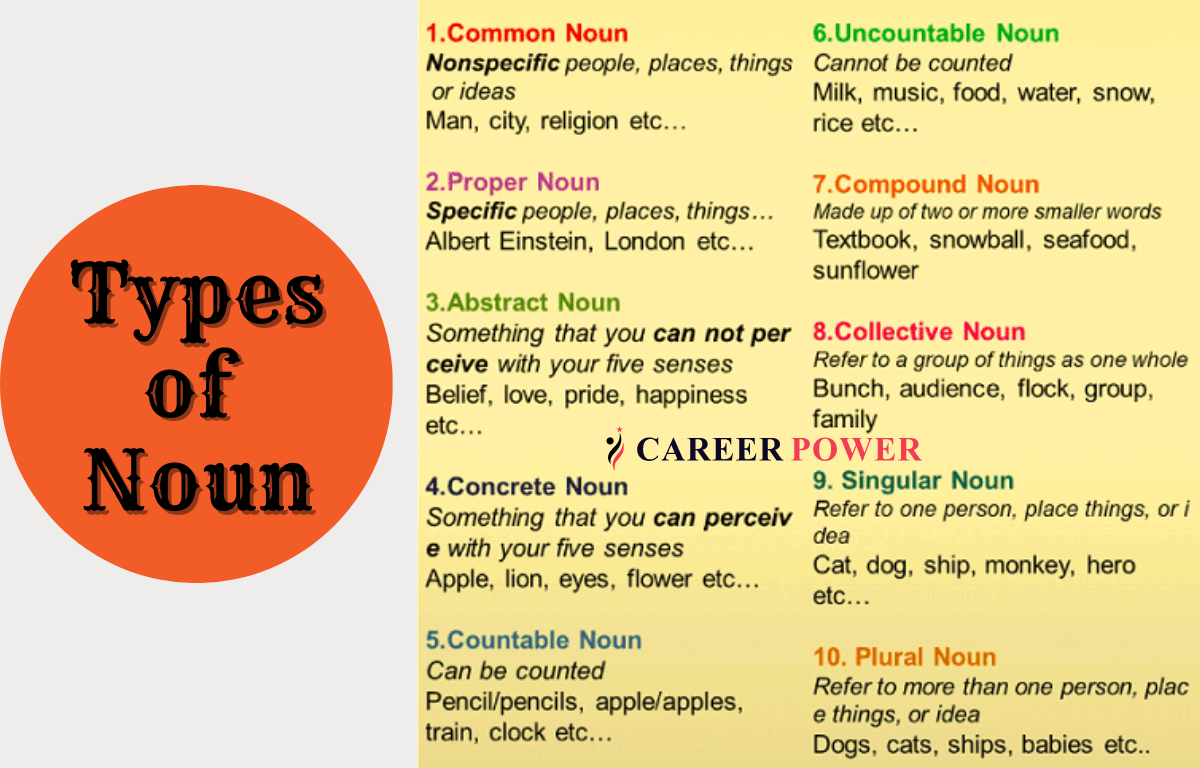Exploring Mushroom Varieties - Types Of Mushrooms Uncovered
Have you ever stopped to think about the incredible array of life forms that pop up from the ground after a good rain? Among these, mushrooms stand out, truly. They come in so many shapes, so many colors, and sometimes, with a bit of a surprise, they offer tastes that are just amazing. It's not just about what you might find on your dinner plate, either; the sheer number of different kinds of mushrooms out there is, you know, pretty vast, and each one has its own special way of being.
When we talk about the different kinds of mushrooms, it's a bit like sorting through a big collection of anything, really. Just like you might sort different types of books by their stories, or various kinds of clothes by how they feel, we can also put mushrooms into groups based on what they look like, where they grow, or even what they do. There are those you can eat, those that might make you feel a little unwell, and some that are actually quite important for the environment around us. It's a rather fascinating study, finding out what makes each one unique.
This discussion is going to walk us through some of the ways we look at and separate these different mushroom sorts. We will get into what makes a particular kind of mushroom distinct, how people group them together, and what sorts of things you might want to know about the various types of mushrooms you could come across. It's about getting a clearer picture of these interesting growths, seeing them for all their different forms and functions, which is that, a lot to consider.
Table of Contents
- What Makes Mushrooms So Different?
- The Many Types of Mushrooms You Might Encounter
- Are All Types of Mushrooms Safe to Eat?
- Identifying Edible Types of Mushrooms
- How Do We Group Different Types of Mushrooms?
- Common Classifications for Types of Mushrooms
- What Are Some Less Common Types of Mushrooms?
- Unique and Lesser-Known Types of Mushrooms
What Makes Mushrooms So Different?
When you look at a mushroom, you might just see a cap and a stem, but actually, there's so much more that goes into making each kind its own thing. Just like how different kinds of cars have their own specific engines or body shapes, mushrooms also possess certain traits that set them apart. These could be things like the way their caps are shaped, perhaps like an umbrella or maybe a little bell. Or it could be the color of their gills underneath, which can range from pure white to a dark brown, even a bit of pink. It's really quite something, how varied they can be, you know.
Another thing that helps us tell apart the various types of mushrooms is their texture. Some are smooth and almost slimy to the touch, while others might feel rough or even a bit fuzzy. Then there's the way they grow, too. Some mushrooms like to grow alone, standing tall by themselves, but others prefer to grow in big groups, almost like a little community on a tree trunk or on the forest floor. The smell of a mushroom can also be a big clue, some smell earthy, others a bit like anise, and some, well, they just smell like damp soil. These small details, they really help us sort out the different sorts of mushrooms we find.
The place where a mushroom decides to grow is also a very important clue to its identity. Some types of mushrooms only grow on certain kinds of trees, while others might pop up only in grassy fields or among leaf litter. This preference for a particular growing spot is a big part of what makes them, in some respects, unique. It's a bit like knowing that a certain kind of bird only lives in a specific part of the world. The environment really shapes what kinds of mushrooms you will find there, giving us a good way to figure out what we are looking at. It's actually pretty cool.
The Many Types of Mushrooms You Might Encounter
Thinking about all the various types of mushrooms out there can feel a little overwhelming, but some are much more common to see or hear about. Take, for instance, the button mushroom, which is that small, white, rounded one you often find in grocery stores. It's probably one of the most familiar types of mushrooms to many people. Then there's the cremini, which is basically the same kind of mushroom but a little older and browner, with a bit more flavor. And if you let that one grow even more, it becomes a portobello, which is a much larger, meatier version, often grilled. These are all, you know, very related sorts.
Beyond those common ones, you have the shiitake, which has a distinct umbrella-like cap and is often used in Asian cooking for its rich, savory taste. Morels, with their honeycomb-like caps, are another type that people really seek out, especially in the spring, because they are considered a true delicacy. Chanterelles, with their trumpet shape and fruity smell, are also highly prized. Each of these types of mushrooms brings something special to the table, both in how they look and how they taste. It's quite interesting, the range of flavors you can get.
Then there are the oyster mushrooms, which grow in layers or clusters on trees, looking a bit like, well, oysters. They come in various colors, from white to grey to pink, and have a delicate, slightly sweet taste. Lion's Mane, a rather shaggy, white mushroom that looks a bit like a waterfall or a pom-pom, is another fascinating one, sometimes used for its unique texture and mild flavor. These are just a few examples, of course, but they show how many different sorts of mushrooms exist, each with its own charm and use. It's a rather broad category, you see.
Are All Types of Mushrooms Safe to Eat?
This is a really important question, and the simple answer is no, not all types of mushrooms are safe for eating. Just like with plants in a garden, where some berries are fine and others are definitely not, mushrooms also come with their own set of rules regarding what's good to consume and what could cause a lot of trouble. It's actually a pretty serious matter, knowing the difference, because some types of mushrooms can make you very sick, and a few can even be deadly. So, you know, caution is key.
Many people get excited about finding mushrooms in the wild, and while that can be a fun activity, it's also where the biggest risks come in. There are types of mushrooms that look very similar to edible ones but are actually quite harmful. These are sometimes called "look-alikes," and telling them apart often requires a good deal of knowledge and careful observation. It's not something you want to guess about, really. If you're not absolutely sure about a mushroom's identity, it's always best to just leave it alone. That's a good rule to follow.
The effects of eating a harmful mushroom can range from mild stomach upset, like feeling a bit queasy or having a stomach ache, to much more severe problems, such as liver damage, kidney failure, or even death. It's a stark reminder that while some types of mushrooms are delicious and healthy, others are, you know, definitely not meant for human consumption. This is why experts always say, if there's any doubt at all, do not eat it. Your health, after all, is pretty important.
Identifying Edible Types of Mushrooms
Learning to tell the safe types of mushrooms from the dangerous ones takes time and, usually, the guidance of someone who really knows their stuff. It's not something you pick up overnight. One common piece of advice is to start by learning just a few easily identifiable and safe types of mushrooms that have no dangerous look-alikes in your area. This way, you build confidence and knowledge slowly, rather than trying to learn everything at once. It's a much safer approach, actually.
When trying to identify a mushroom, people often look at several features together. This includes the shape and color of the cap, the way the gills are arranged underneath, the presence of a ring around the stem, and the type of base the stem has. The color of the spores, which are like the mushroom's seeds, is also a very important clue, and you can find this out by making a "spore print." It's a bit like a fingerprint for the mushroom, you know. All these bits of information help to confirm what kind of mushroom you have found.
Another helpful tip is to always check the mushroom for signs of insect activity or decay, even if you are sure it's an edible type. A fresh, healthy specimen is always best. And if you're ever out foraging, it's a good idea to carry a reliable field guide specific to your region, or even better, go with an experienced mushroom hunter. They can point out the key differences between various types of mushrooms and teach you what to look for. It's really the best way to learn, rather than just guessing.
How Do We Group Different Types of Mushrooms?
When people talk about grouping the various types of mushrooms, they're essentially talking about a system of putting them into categories. It's a bit like how we organize different kinds of animals into groups like mammals, birds, or fish, based on shared characteristics. For mushrooms, this sorting often starts with their basic structure and how they reproduce. It helps scientists and enthusiasts make sense of the huge number of different kinds of fungi that exist. It's actually quite a logical system, in a way.
One common way to group them is by how their spores are produced. Some mushrooms, like the familiar button mushroom, produce their spores on gills, which are those thin, blade-like structures under the cap. Others, like the boletes, have pores instead of gills, which look like tiny holes under the cap. Then there are puffballs, which release their spores in a puff of dust when disturbed. These differences in how they spread their "seeds" are a really big part of how we classify different types of mushrooms, you know.
Beyond their reproductive parts, mushrooms are also grouped by their general form or shape. Some are called "agarics" if they have a cap and a stem with gills, which is a very common type. Others might be "polypores" if they grow in a shelf-like way on trees and have pores. There are also "coral fungi" that look like branches of coral, and "jelly fungi" that have a rubbery, gelatinous texture. These broad categories help us get a quick sense of what kind of mushroom we are looking at, even before getting into the more specific types of mushrooms within each group. It's a good starting point, basically.
Common Classifications for Types of Mushrooms
Within the broader ways of grouping mushrooms, there are more specific classifications that help us pinpoint exact types of mushrooms. These classifications often follow a scientific naming system, which gives each mushroom a unique two-part name, like a first and last name for a person. This system helps scientists all over the world know they are talking about the exact same kind of mushroom, no matter what local name it might have. It avoids a lot of confusion, you see.
One of the most widely recognized groups, as mentioned, are the gilled mushrooms, or agarics. This group includes a huge number of different types of mushrooms, from the common white button mushroom to the poisonous Death Cap. They are characterized by having gills under their caps, which can be attached to the stem in different ways, or even be free from the stem entirely. The color of the gills and the spores they produce are also key features for telling apart the many different sorts within this large group. It's a rather diverse collection.
Another important group includes the boletes, which, as noted, have a spongy layer of tubes or pores instead of gills under their caps. These types of mushrooms often have a thick, fleshy stem. Many edible and highly prized mushrooms, like the porcini, belong to this group. Then there are the puffballs and earthstars, which are generally round or pear-shaped and release their spores from an opening at the top when mature. These are just a few examples of how people sort the many types of mushrooms into more manageable categories, helping us to understand them better. It's pretty helpful, actually.
What Are Some Less Common Types of Mushrooms?
While we often hear about the popular edible types of mushrooms, there are countless other fascinating kinds that are not as widely known, but are no less interesting. These less common types of mushrooms might have unusual appearances, grow in very specific places, or have unique properties that make them stand out. Exploring these lesser-known varieties can be a real treat for anyone with a curious mind, showing just how much diversity exists in the fungal world. It's a bit like finding a rare coin, in a way.
Some of these unusual types of mushrooms might include the "stinkhorn" fungi, which, as their name suggests, have a rather unpleasant smell, often like rotting meat. This smell helps them attract insects, which then help to spread their spores. They also have very strange shapes, sometimes looking like a cage or a phallus. Then there are the "bird's nest fungi," which are tiny, cup-shaped mushrooms that contain small, egg-like structures inside. These "eggs" are actually packets of spores that are splashed out by raindrops, which is, you know, pretty clever.
Another example of a less common mushroom type is the "bioluminescent" fungi, which actually glow in the dark. These types of mushrooms produce light through a chemical reaction, creating an eerie, soft glow in forests at night. They are sometimes called "foxfire" and can be found in various parts of the world. While not typically eaten, their glowing property makes them truly remarkable. It's a reminder that the world of mushrooms holds many surprises beyond what we usually see or taste. There's so much more to discover, basically.
Unique and Lesser-Known Types of Mushrooms
Beyond the odd and glowing, there are many other unique types of mushrooms that defy easy categorization or simply aren't as famous as their culinary cousins. Consider the "earthstar" mushrooms, which start as a ball and then, as they mature, their outer layer peels back to form star-like rays around a central spore sac. They look really quite striking on the forest floor, almost like something from another planet. They're not generally considered edible, but their appearance is certainly memorable. It's a rather peculiar sight.
Then there are the various "slime molds," which, while not technically true fungi, are often studied alongside mushrooms because of their similar growth habits and appearances. These organisms can move and feed like amoebas, but then come together to form fruiting bodies that look a bit like fungi. Some of them can even form large, brightly colored masses that creep across logs or leaves. They're a bit of an anomaly, you know, blurring the lines between different life forms.
And let's not forget the "tooth fungi," which have spine-like projections or "teeth" on their undersides instead of gills or pores. These types of mushrooms have a very distinct look, and some, like the Lion's Mane mentioned earlier, are also quite sought after for their taste and texture. The diversity among these unique and lesser-known types of mushrooms just goes to show how varied and surprising the fungal kingdom truly is. There's always something new to learn about, it seems.

4 Personality Types: A, B, C, and D | Hire Success®

Types of Noun in English with Examples

TYPES.COM – 1.800.763 (3097) | mail@types(.com)